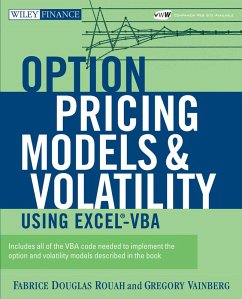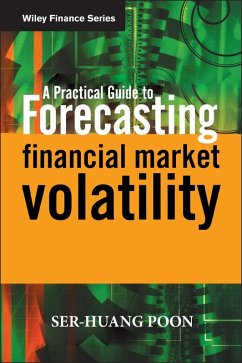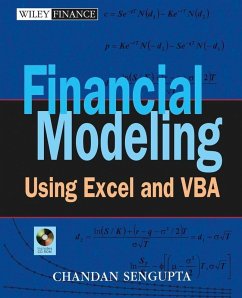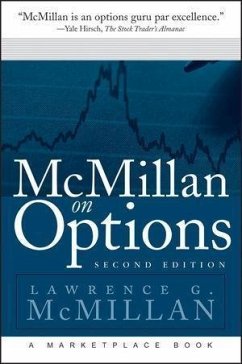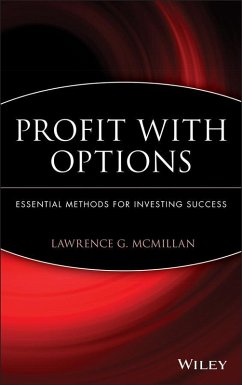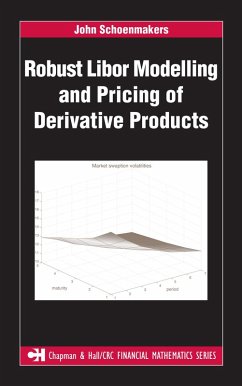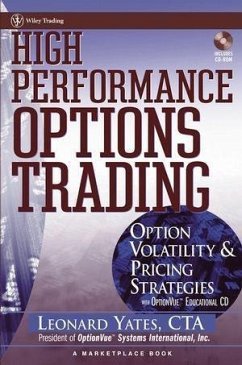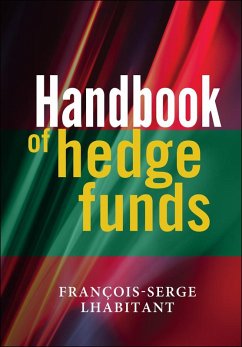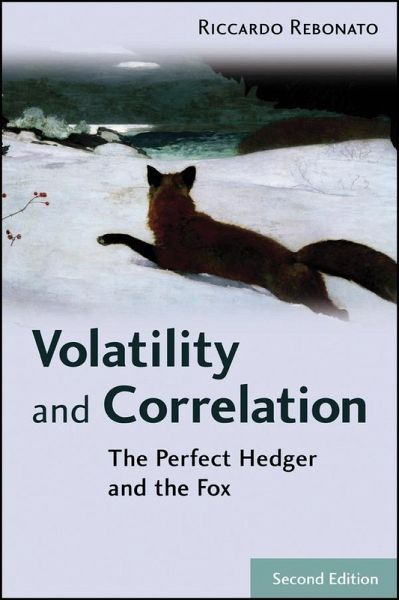
Volatility and Correlation (eBook, PDF)
The Perfect Hedger and the Fox
Versandkostenfrei!
Sofort per Download lieferbar
106,99 €
inkl. MwSt.
Weitere Ausgaben:

PAYBACK Punkte
0 °P sammeln!
In Volatility and Correlation 2nd edition: The Perfect Hedger and the Fox, Rebonato looks at derivatives pricing from the angle of volatility and correlation. With both practical and theoretical applications, this is a thorough update of the highly successful Volatility & Correlation - with over 80% new or fully reworked material and is a must have both for practitioners and for students. The new and updated material includes a critical examination of the 'perfect-replication' approach to derivatives pricing, with special attention given to exotic options; a thorough analysis of the role of qu...
In Volatility and Correlation 2nd edition: The Perfect Hedger and the Fox, Rebonato looks at derivatives pricing from the angle of volatility and correlation. With both practical and theoretical applications, this is a thorough update of the highly successful Volatility & Correlation - with over 80% new or fully reworked material and is a must have both for practitioners and for students. The new and updated material includes a critical examination of the 'perfect-replication' approach to derivatives pricing, with special attention given to exotic options; a thorough analysis of the role of quadratic variation in derivatives pricing and hedging; a discussion of the informational efficiency of markets in commonly-used calibration and hedging practices. Treatment of new models including Variance Gamma, displaced diffusion, stochastic volatility for interest-rate smiles and equity/FX options. The book is split into four parts. Part I deals with a Black world without smiles, sets out the author's 'philosophical' approach and covers deterministic volatility. Part II looks at smiles in equity and FX worlds. It begins with a review of relevant empirical information about smiles, and provides coverage of local-stochastic-volatility, general-stochastic-volatility, jump-diffusion and Variance-Gamma processes. Part II concludes with an important chapter that discusses if and to what extent one can dispense with an explicit specification of a model, and can directly prescribe the dynamics of the smile surface. Part III focusses on interest rates when the volatility is deterministic. Part IV extends this setting in order to account for smiles in a financially motivated and computationally tractable manner. In this final part the author deals with CEV processes, with diffusive stochastic volatility and with Markov-chain processes. Praise for the First Edition: "In this book, Dr Rebonato brings his penetrating eye to bear on option pricing and hedging.... The book is a must-read for those who already know the basics of options and are looking for an edge in applying the more sophisticated approaches that have recently been developed." --Professor Ian Cooper, London Business School "Volatility and correlation are at the very core of all option pricing and hedging. In this book, Riccardo Rebonato presents the subject in his characteristically elegant and simple fashion...A rare combination of intellectual insight and practical common sense." --Anthony Neuberger, London Business School
Dieser Download kann aus rechtlichen Gründen nur mit Rechnungsadresse in D ausgeliefert werden.





